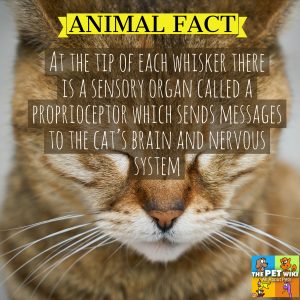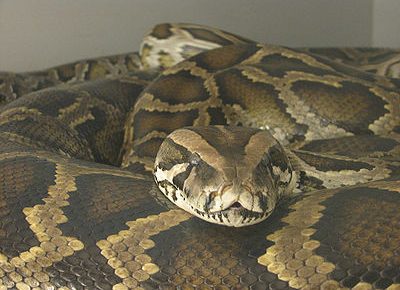At the tip of each whisker there is a sensory organ called a proprioceptor. The proprioceptors send messages to the cat’s brain and nervous system. A cat’s whiskers are so sensitive that they can even register slight changes in air currents. Whiskers help a cat to navigate in narrow or dark areas.
Related Articles
CSS – Canine Stress Syndrome
Canine Stress Syndrome (CSS) is a genetic disorder that, fortunately, occurs rarely. It can potentially cause a fatal response for a dog if certain triggers are present. CSS is also known as malignant hyperthermia. Some dogs in highly stressful situations or who are over-stimulated will show symptoms such as muscle spasms and an elevated body […]
From HSUS – Snake Ban
The HSUS tells us that Interior Secretary Ken Salazar, in the Everglades, announced a ban on the import and trade in Burmese Pythons, Yellow Anacondas, and northern and southern African Pythons. These are large constricting snakes, not suitable as pets. They can kill and injure people, owners and others alike. They are an invasive species […]
Living in Small Spaces with Pets
Many years ago, a very wise veterinarian told me that any breed of dog can live in a small place. All dogs want is to be with their humans, no matter where they live. The secret to keeping a large breed dog in an apartment is giving your dog enough stimulation and exercise. Different breeds […]




